The Four Myths of Youth Baseball Injury Prevention
I recently spent a weekend with many high school baseball players as part of a summer academy here in Southern California. The experience was great—the teaching, instruction on technique and performance, as well as lessons on leadership were memorable—and wow, these kids are great players, too.
I had a chance to speak with a lot of the players, not only on some of their minor varied injuries, but to address injury prevention as a whole with the players. As I reflected on my time speaking with the coaches and players, it was apparent to me that there is a lot of myths regarding injury prevention and overall arm care. These myths seem to be perpetuated by travel ball coaches and the media.
I wanted to briefly address some of the main myths that I have seen or encountered that may be prevalent in other communities or teams. These myths don’t represent any certain team, organization, or specific area, but include a collection of thoughts that I think can be very helpful for parents, coaches and players alike.
Myth 1 – “Rest is Rehab After an Injury”
One of the most interesting conversations I had with an athlete this past weekend was regarding a previous injury that he sustained to his shoulder.
He told me that he was instructed to “shut it down,” and rest from baseball activities. He said he did just that, for two months. I asked the athlete what type of stuff he did during that period of inactivity from baseball.
He quickly told me, “nothing, I rested and felt better afterwards.”
While a period of rest is important, particularly to curb the cumulative “microtrauma” that is taking place over the course of a season or summer, rehab should always be an active process.
As an athlete, especially during a “resting” phase after injury or even between starts or tournaments, there should always be a varying level of rehab that does not include throwing the baseball. Throwing a baseball should be reserved for certain activities that may include bullpen sessions or mechanics-driven instruction.
However, I would stress to all the youth players a few things. It’s incredibly important to not focus on just the “reactive” side of injury. This includes the “my shoulder hurts” or “my elbow is really tight and bothersome.”
Instead, focusing on a “preventative” approach is often more beneficial. In this way, we can work on keeping arms healthy and prevent future injury, as opposed to just addressing an athlete who is in pain.
To reiterate, “resting” during a baseball season or during a period of injury, should not be completely passive. This should not be complete rest. This should be relative rest.
Relative rest includes soft tissue mobility to restore range of motion or resistance band work to increase muscle activation. Baseball players should continue to improve the resiliency of their bodies and arms to tolerate the stresses of playing baseball during the times in which they are not actually playing.
Myth 2 – “Playing Year Round Builds Strength and Ability”
In my opinion, one of the greatest threats to the health of a youth baseball player, is simply playing baseball year-round.
By playing baseball during the entire course of a year, the athlete never has the opportunity to halt the cumulative microtrauma of throwing a baseball over the course of a season. Year-round play also prevents the ability for a true off-season to rest and address deficits in strength and coordination that can actually help baseball performance.
Dr. Glenn Fleisig of the American Sports Medicine Institute in Birmingham, AL, best describes this level of sports participation in a 2012 article stating that pitching competitively more than 8 months per year increased the odds of surgery by 5 times. That’s truly startling, and represents one of the easiest ways to avoid injury – don’t play as much.
While I do advocate for having a period of no baseball throwing, I think it is still important to perform active exercise, especially for the core and the lower half. Proper training of the core and lower half can reduce the athlete’s risk for injury. This is similar to the first myth. Rest does not mean do nothing.
Lastly, throwing all year can obviously bring upon concerns of arm fatigue. Dr. Fleisig continued in the same article above by reporting that a pitcher who regularly pitches fatigued was 36 times as likely to require surgery.
While these numbers are staggering, they both represent modifiable ways that we can avoid injury. In other words, playing year-round and playing fatigued are both factors that can be avoided through proper communication.
Myth 3 – “Throwing Faster is Due to Just Weighted Baseballs”
Velocity is the name of the game, especially in youth baseball. Athletes are infatuated with how fast they can throw, as they believe that it is the sole determinant of success and college opportunities.
We are truly in the “velocity era,” in baseball now. Injuries occur more and more, not only in terms of frequency, but as well in a variation of the type of injury.
This article is not necessarily to address the benefits or disadvantages of weighted baseballs, I want to briefly touch upon the misconception that arm strength via the use of weighted baseballs are the ultimate solution.
I believe that aside from improving mechanics, which can easily stress the shoulder and elbow in ways that are potentially harmful, lower body rotational strength, improving muscle mass, and increasing generalized body weight in an effective manner are the most critical factors towards improving velocity.
While arm strength, a resilient rotator cuff, good shoulder range of motion, and adequate thoracic spine mobility are all important to tolerate the demands of throwing a baseball, developing a powerful lower half rotational component can greatly impact the force that is even able to be dissipated through the arm.
Lastly, I spent a lot of time with skinny baseball players this past weekend. Granted some of these kids are only 15 or 16 years old, but a few of them can throw in the upper 80’s. While this is fairly impressive, I can only imagine the improvements in velocity that will simply take place from not being 140 pounds.
Young athletes can easily get caught up in the newest training tools such as weighted baseballs, but the easiest way to develop velocity without actually throwing is to improve lower half strength and rotational power in addition to simply becoming bigger and stronger by gaining effective muscle-dominant weight.
Everything else is just gravy.
Myth 4 – “Innings Pitched in Different Settings Don’t Aggregate”
One of the most troubling conversations I had with a youth athlete this weekend was with one who had shoulder discomfort. He told me he made over 20 outings this past season as a starting pitcher during his high school season and that he recently participated in a weekend college showcase by throwing 95 pitches.
Admittedly, the athlete told me that he was fatigued and sore, but he felt that the pitches thrown recently in the showcase should be considered differently than the ones he threw recently as his high school season ended.
It’s important to note that all pitches count towards the cumulative stress on your throwing arm, whether it be during a live session or simply to the catcher as part of a bullpen setting.
Dr. Fleisig reported in the same 2012 article that averaging more than 80 pitchers per game at the youth level almost quadrupled the chance of surgery.
I often tell young players that they need to be their greatest advocate. Understanding and communicating their pitch counts, conveying feelings of fatigue, and being able to say “no.”
Final Thoughts
While these myths represent a brief snapshot of conversations I had this past weekend, other players, coaches, and health care providers can probably relate to these myths in some way.
Ultimately, from an injury rehab profession perspective, I think a lot of our attention is towards injury reaction and rehab, when it should shift to injury prevention with a good grasp of the modifiable injury risk factors for optimal baseball performance moving forward.

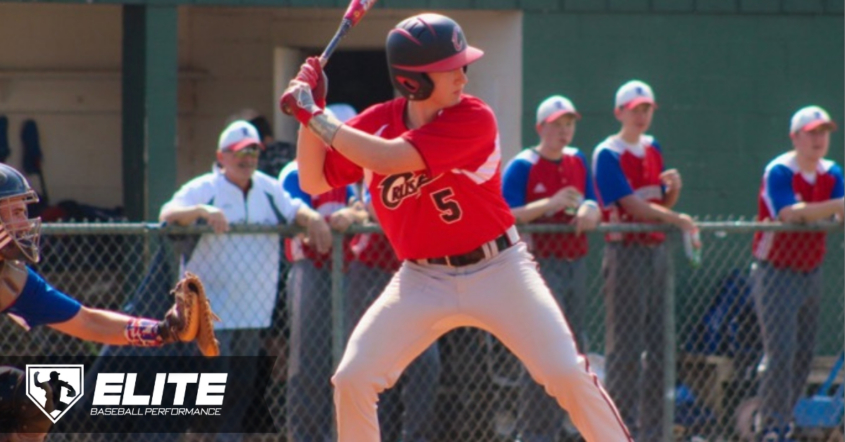

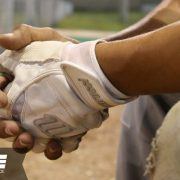
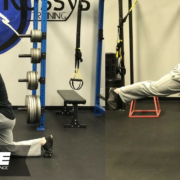

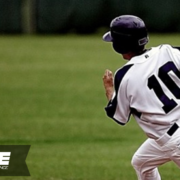
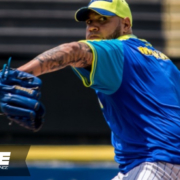


Trackbacks & Pingbacks
[…] The Four Myths of Youth Baseball Injury Prevention […]
Leave a Reply
Want to join the discussion?Feel free to contribute!